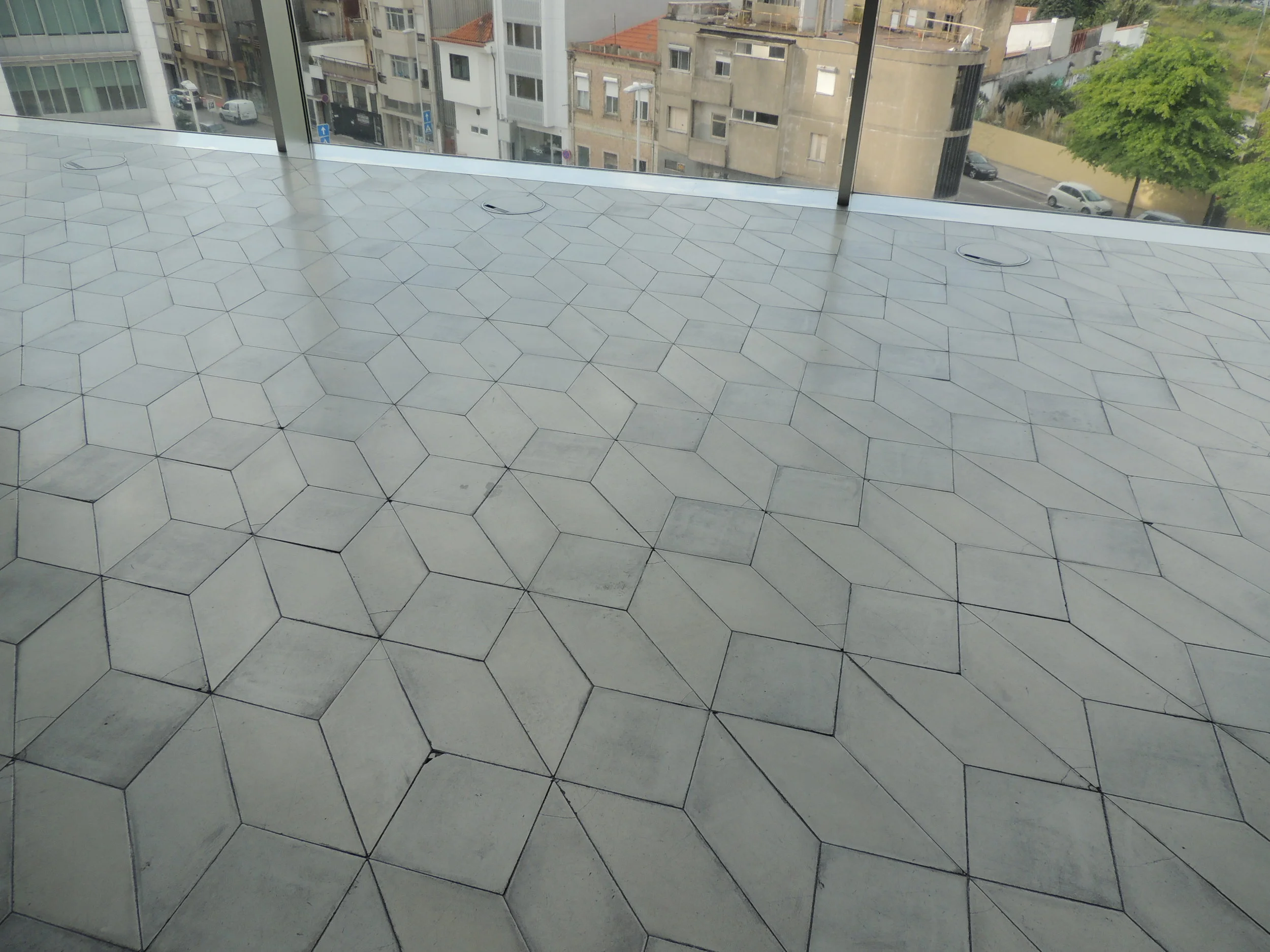PRODUCT CONSIDERATIONS: Be Picky About Your Wallboard
/It pays to be picky about wallboard (aka drywall, sheetrock or plasterboard) when you’re renovating or building from the ground up. Wallboard is made from gypsum, a naturally-occurring mineral known scientifically as calcium sulfate dihydrate. Though many think of wallboard as an inert building material, it’s important to know that “gypsum” building products sold in the US aren’t all the same when it comes to environmental impact and chemical content.
Naturally-occurring gypsum is found in sedimentary rock formations in over 85 countries worldwide. It is abundant in the US, and mining operations to extract gypsum occur in over 17 states. Once extracted, natural gypsum is crushed into a fine powder and then heated to remove as much moisture as possible. The resulting calcined gypsum becomes the basis for drywall: compacted gypsum sandwiched between two layers of tough paperboard.
Synthetic gypsum uses a process referred to as Flue Gas Desulfurization (FGD) to recycle byproducts of fossil fuel power plants into manmade gypsum products. Emissions recovered from power plant flue stacks are reclaimed to produce over half of all US gypsum wallboard, a practice that has been in place for over 30 years. And while natural and FGD wallboard have the same chemical composition, they aren’t exactly equivalent.
Synthetic gypsum wallboard was imported from China in mass quantities in the early- to mid-2000s to bridge the gap in US wallboard production and heightened demand during the housing boom at that time. And following the catastrophic effects of the 2004 hurricane season in the southeast, a sudden and widespread demand for wallboard also spurred the use of imported products. Chinese drywall has been linked to contamination and outgassing of sulfurous gases and volatile chemicals, and has caused health problems in more than 20,000 affected households in the southeastern US.
Domestic wallboard products have not been linked to the same indoor air quality issues as imports, and US manufacturers of FGD wallboard tout the decreased environmental impact of their products because they recycle material from power plants that otherwise wouldn’t be used. But when discarded FGD wallboard ends up in a landfill, it can still release harmful gases and leach heavy metals and biocides (used to prevent mold growth in moisture-prone areas) into the groundwater supply. And given that drywall comprises up to 15% of all construction and demolition debris, the potential environmental impact is profound.
What can you do to minimize chemical exposure and environmental impact when specifying drywall for your project?
Consider Alternatives: Where practicality, design and budget allow, consider alternative wall finishes that eliminate the need for wallboard. We love using reclaimed wood paneling or FSC-certified paneling products wherever possible.
Go Local: Opt for domestically-produced products. US regulations require minimum safety standards as set forth in the Drywall Safety Act. Note that the safeguards outlined in this legislation are minimal, but it’s still worth specifying a domestically-produced drywall product.
Limit Waste: Prefer gypsum wallboard products with some post-consumer recycled content, and calculate needed amounts carefully to avoid wasteful overages. In an ideal world, we’d all be using virgin gypsum products to minimize our exposure to toxins, but both environmental impact and budget make this prospect unrealistic.
Control Construction Dust: Take care on the jobsite to wear protective gear and limit exposure to dust. If possible, avoid cutting drywall inside, and clean up construction dust promptly and carefully.
Do Your Research: Prefer Greenguard or ULE-certified gypsum board to avoid indoor air quality issues. Take care to treat seams with mudding, taping and caulking products with no- or low-VOC formulations. Use VOC-free primers and paints, and consider formulations that seal in toxins to further limit exposure.
Avoid Chemical Additives: In wet locations, be wary of products that claim to inhibit mold growth by incorporating biocides. Instead, consider fiberglass-coated products as outlined in GreenSpec where you might expect water penetration (flood-prone lower levels, and in bathrooms underneath tile application).

